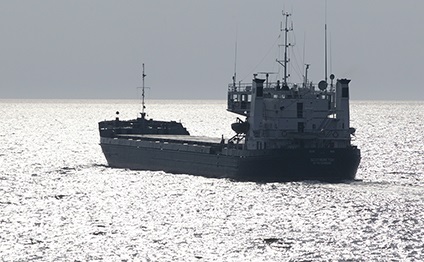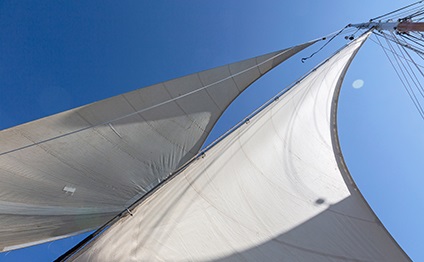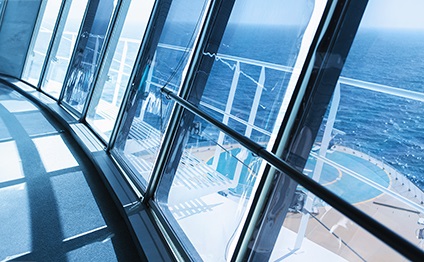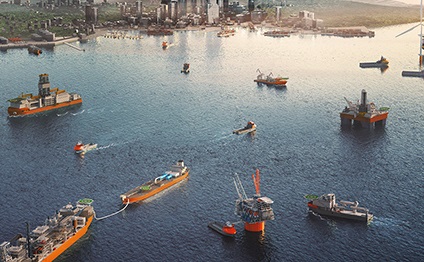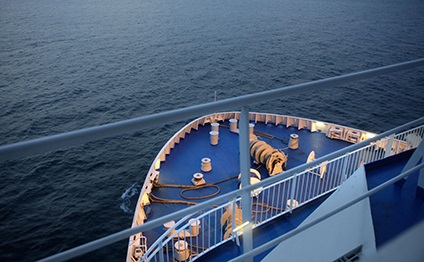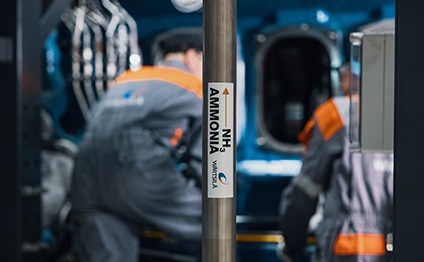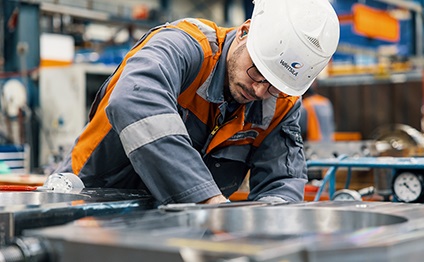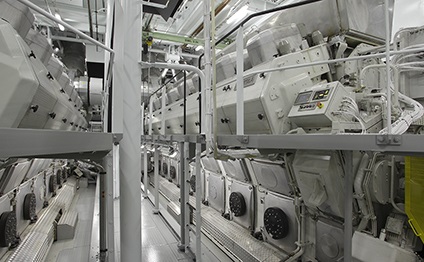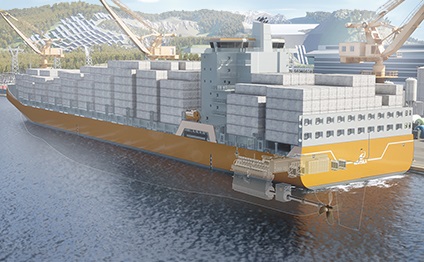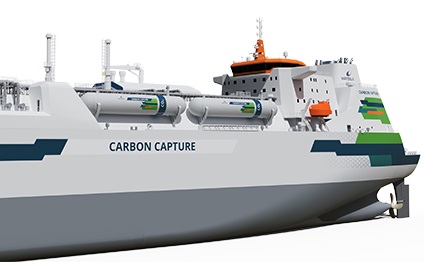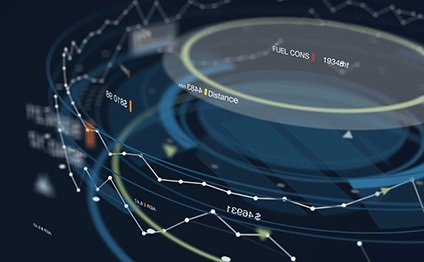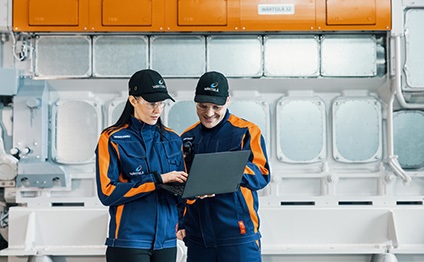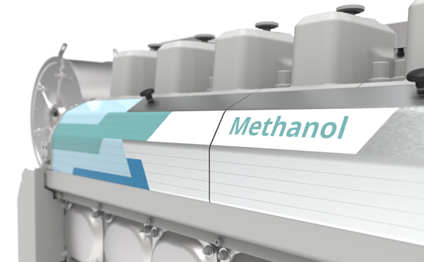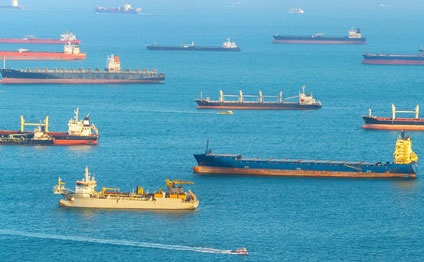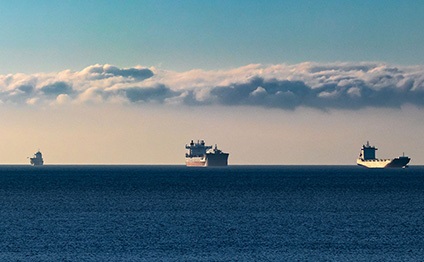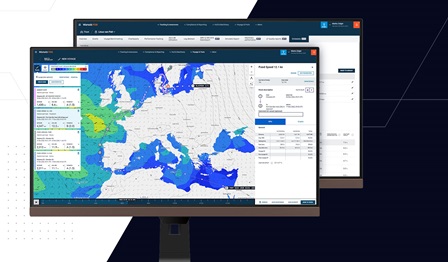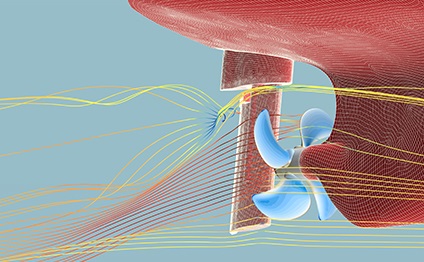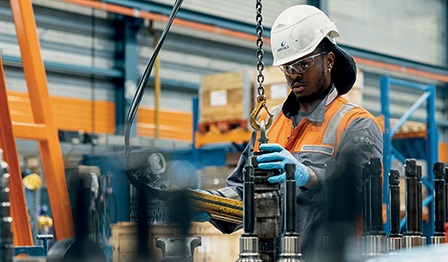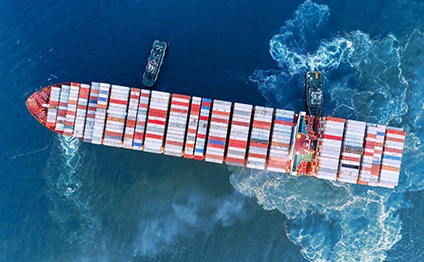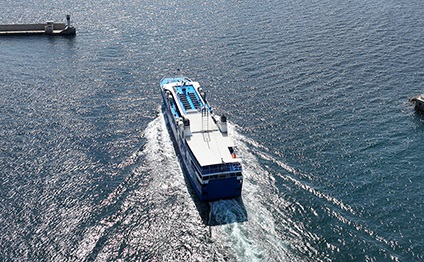

Wärtsilä Marine leads the industry in its journey towards a decarbonised and sustainable future. Our portfolio of engines, propulsion systems, hybrid technology and integrated powertrain systems deliver the reliability, safety, and environmental performance to decarbonise the worlds fleet. We offer our customers performance-based agreements, lifecycle solutions, and an unrivalled global network of maritime expertise.
Articles
Webinars
Whitepapers
Case studies
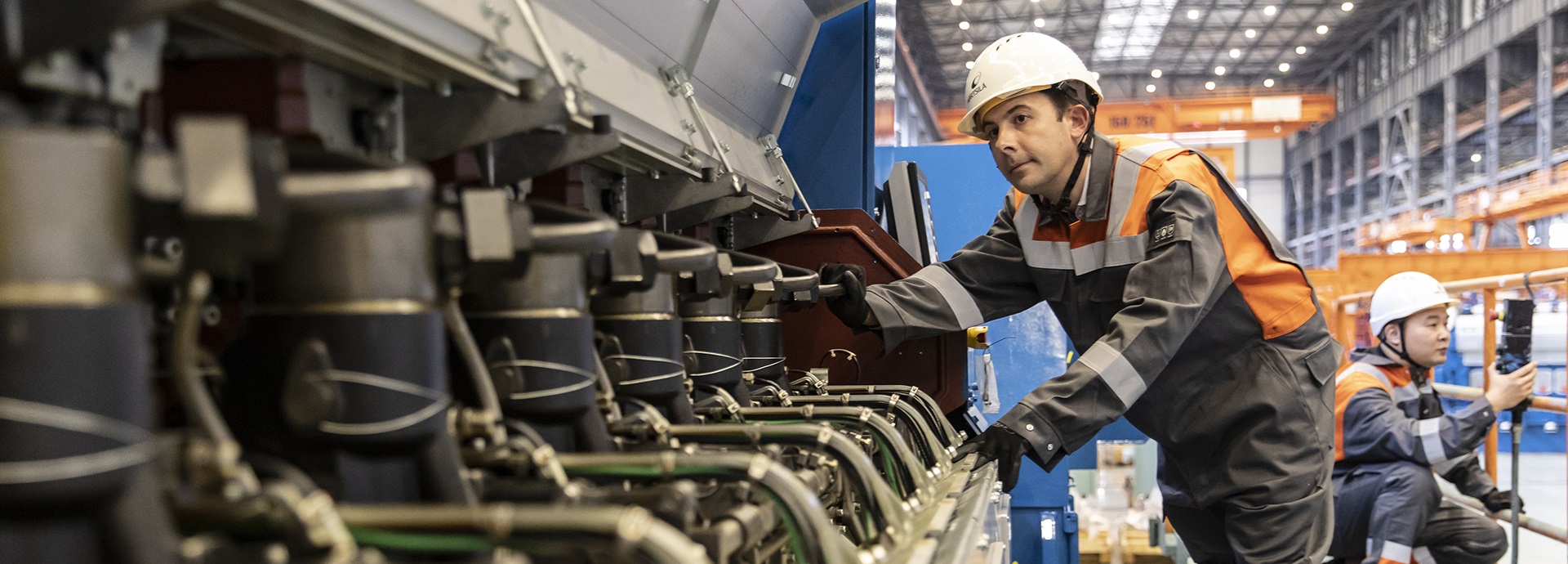
Three upgrades cut vessel fuel use and emissions by 10%
It’s a question that all ship owners have to ask themselves at some point: retire or upgrade? The owners of the self-unloading bulk carrier Splittnes decided on a Wärtsilä Vasa 32 engine upgrade to comply with International Maritime Organization (IMO) Tier II NOx emissions regulations. They also installed a Wärtsilä EnergoProFin and a new hull coating, and the three upgrades together meant the vessel could keep sailing profitably in Norwegian waters.
Splittnes was built in 1994 and extended by a loading hatch in 2006. As a self-unloading bulk carrier, it’s a fairly rare vessel type and the owners wanted to extend its life for a further ten years. However, the vessel’s regular route from Germany to Norway presented a challenge. “Norway has high environmental taxes for vessels that don’t comply with IMO Tier II emission limits,” says Dirk Mogilowski, Account Manager at Wärtsilä. To comply, the vessel needed a cost-effective upgrade.
The right upgrade package for aging engines
After discussing the issue with Wärtsilä, both parties agreed that an engine upgrade was the solution. An aging turbocharger can affect engine performance, increasing fuel consumption and limiting maximum power. In the Wärtsilä Performance Upgrade for Vasa 32 engines, the turbocharger is replaced with a modern, high-efficiency unit. This boosts engine performance and helps vessels comply with increasingly strict emission requirements.
The owners also decided to install a Wärtsilä EnergoProFin – an energy-saving propeller cap with fins that rotate together with the propeller. This reduces energy losses and increases the propeller’s overall efficiency, saving fuel.
Fuel bill cut by 10%
Unsurprisingly, there were challenges due to the age and condition of the engines. Extra machining was needed, and the exhaust piping had to be refurbished completely as part of the turbocharger installation. The timeline was also extremely short from the signing of the contract to the drydocking where the work was due to take place.
The vessel is now IMO Tier II compliant and uses around 10% less fuel thanks to a combination of the Wärtsilä upgrades and new hull coating.
After validating the solution, Wärtsilä quickly made the necessary modifications to the Vasa test engine at its factory in Trieste, Italy. The test run for this engine was scheduled for early February 2022. At the same time, the project management team had to prepare for the drydocking that would take place in the same month.
All these issues were ultimately resolved and the customer is happy with the final result – the vessel is now IMO Tier II compliant and uses around 10% less fuel thanks to a combination of the Wärtsilä upgrades and new hull coating. “In three-and-a-half years they should reach the breakeven point for the new coating and the upgrades thanks to the savings they offer over time,” says Mr. Jens Schumacher (Managing Director). And the best news is that Splittnes will be able to keep sailing profitably with lower emissions for years to come.
Learn more about how Wärtsilä lifecycle upgrades can support your operations.
Challenge
Ensure IMO Tier II NOx compliance.
Solution
Wärtsilä Vasa 32 Performance upgrade and Wärtsilä EnergoProFin.
Benefit
The vessel is now compliant with IMO Tier II and uses less fuel.
